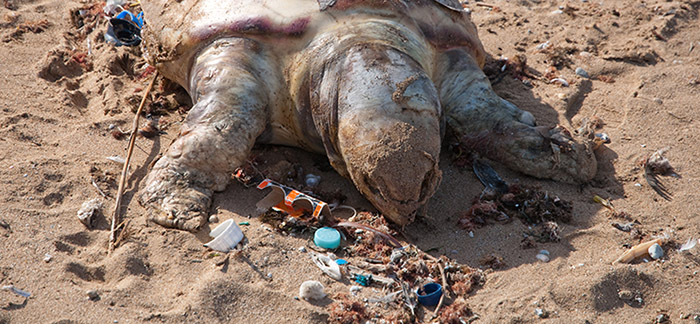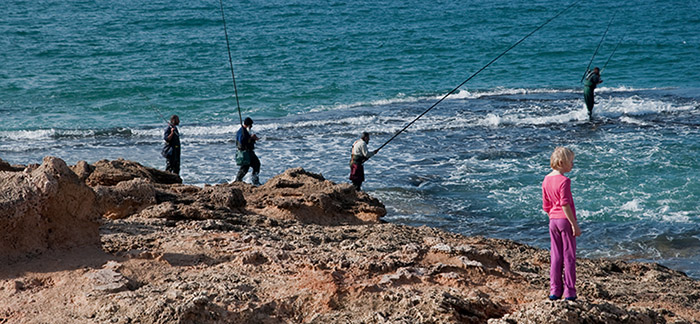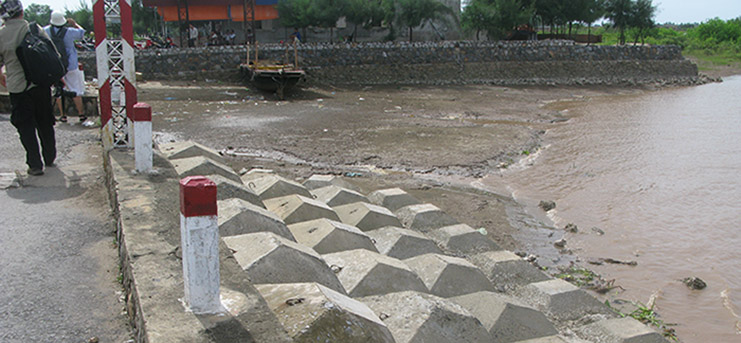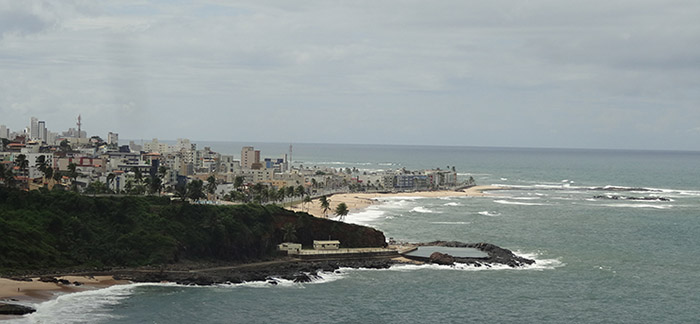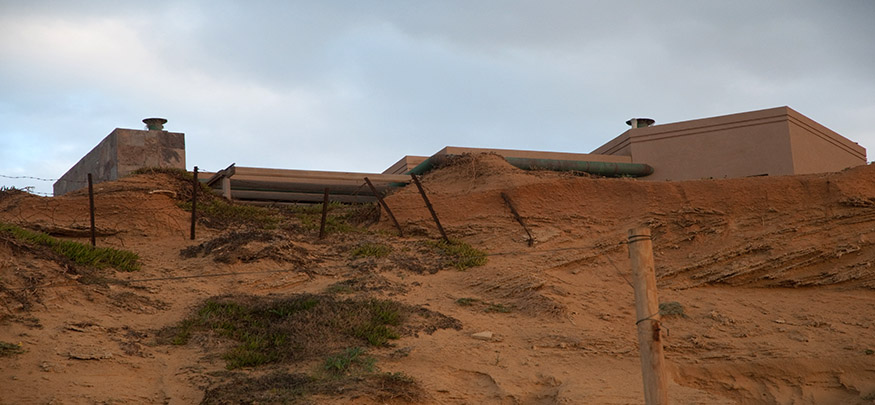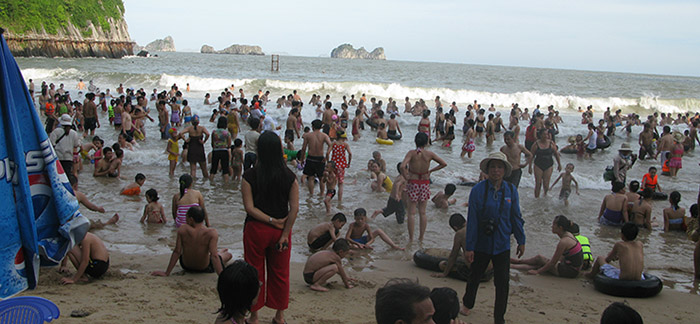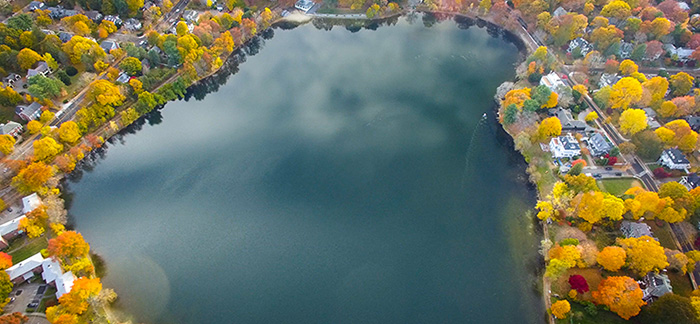featuredposts
Marine litter
Marine litter is a huge environmental problem that threatens marine ecosystems and organisms. Particularly, plastic materials (many of the them micro-plastics) are found in the carcasses of marine mammals and birds. The cross-boundary nature of its dispersion makes marine litter hard to address through policies and planning. About 80% of these materials enter the sea… Continue Reading Marine litter
Read MoreSustainable use
Coastal areas belong to all of us. Therefore, we have both rights and responsibilities related to their use and protection. Mostly importantly, we must strive to manage coastal and marine environments sustainable. This means protecting resources for use by future generations.
Read MoreCoastal protection
Different types of coastal protection are employed to avoid erosion, characterized as “hard” and “soft” protection. Hard protection refers to seawalls, piers, jetties, groynes, breakwaters and even artificial islands. Soft protection refers to beach renourishment (e.g., sand replenishment) and the establishment of living shorelines that include stabilizing vegetation.
Read MoreUrban waterfronts
Today more than 70% of the world’s population resides in large coastal metropolises. Sustainable design and management of urban coastal structures are critical in an era of global coastal changes, especially where climate change causes more frequent and intense storm events.
Read MoreCoastal erosion
Coastal cliff erosion is a serious problem for many coastal nations, exacerbated by climate change effects and coastal development. Nature has the upper hand ̶ ̶ erosion and accretion are naturally occurring processes — however good policies can protect people, property and livelihoods.
Read MoreMarine & coastal resource use
Coasts are the interface between land and sea. For several decades, integrated coastal management has been promoted as an alternative to sectoral management of marine and coastal resources. Of late, marine planning has been promoted as a way to bring about even more integration between terrestrial and ocean ecosystems.
Read MoreResources that belong to us all
Ocean and coastal policies draw authority from the public trust doctrine, modeled after ancient Roman Civil Law, which holds that the air, the sea and the shore belong to the public at large. Today, it is one of the most important doctrines in public property law. In some nations and states, the public trust doctrine applies to… Continue Reading Resources that belong to us all
Read More

